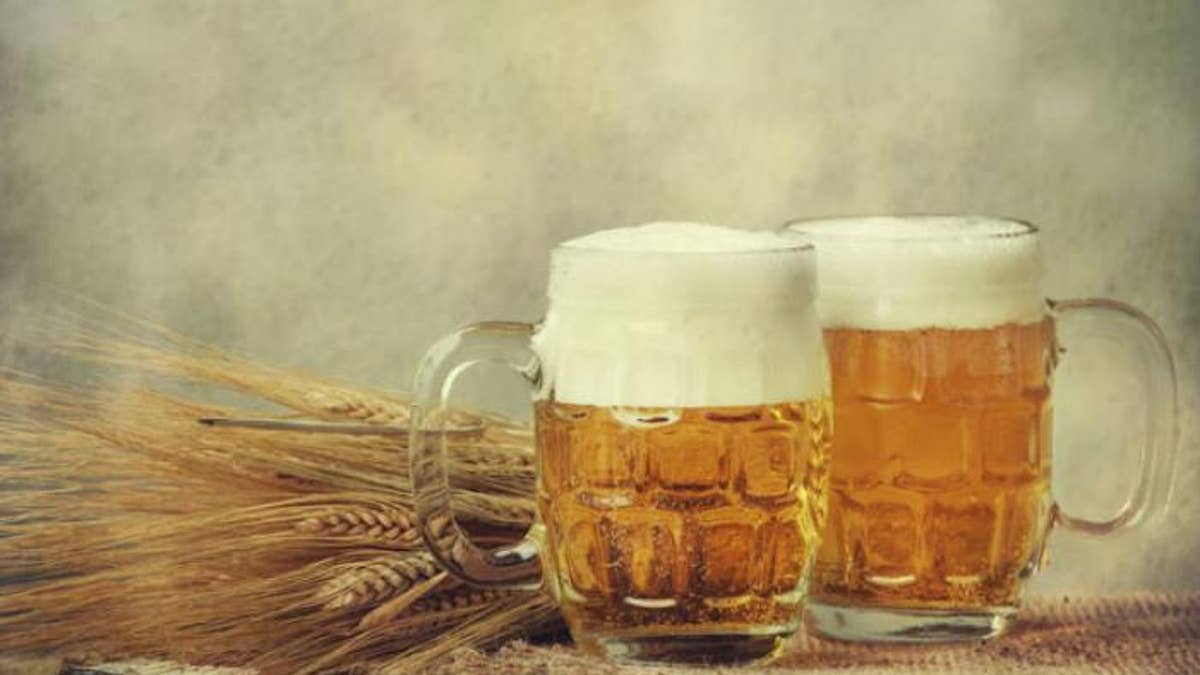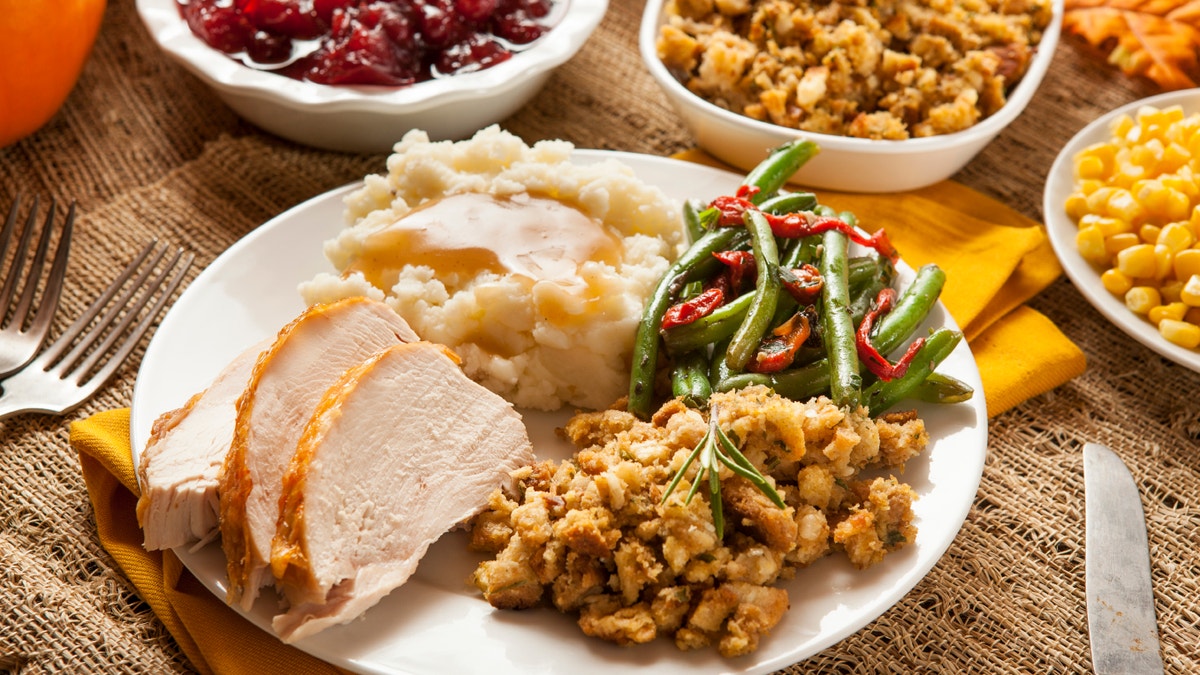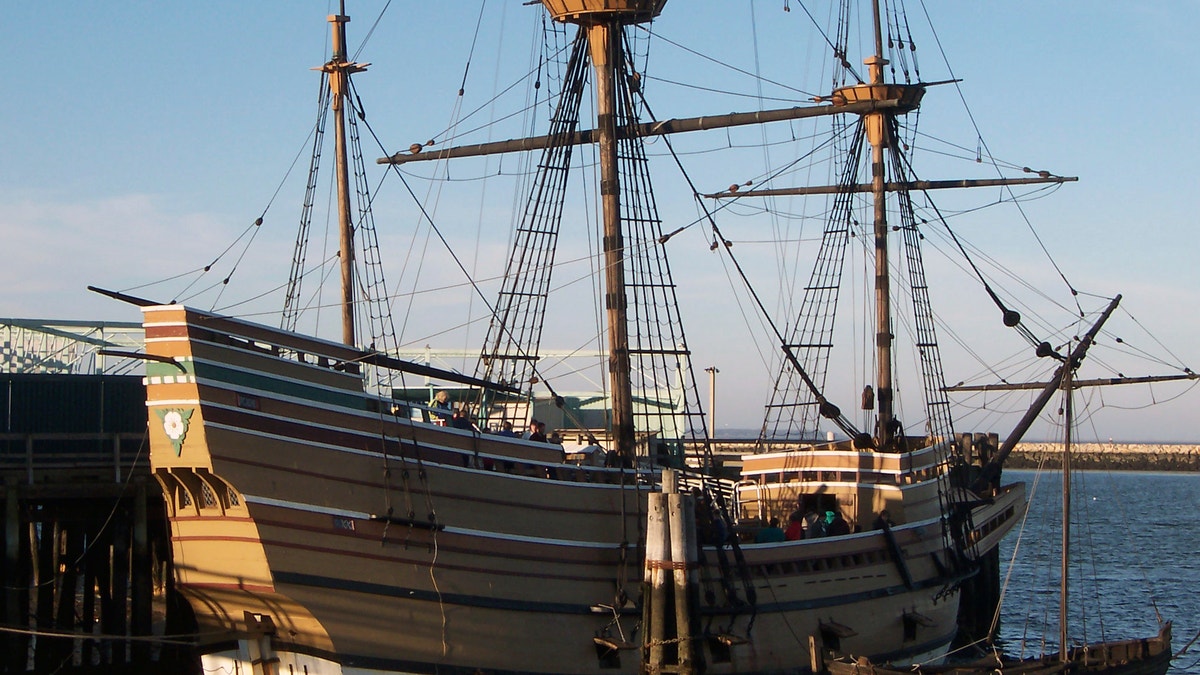We usually think of the Pilgrims as British exiles who sailed to the North America and settled in Massachusetts. But the truth is a bit more complicated than that; the original Pilgrims were 35 members of the radical Puritan faction of the Church of England called the English Separatist Church, which illegally broke away from the rest of the Church in 1607. The group originally settled in the Netherlands, where the laws were much more lenient.
There, the Separatists suffered economic difficulties and feared the loss of their English language and culture. This inspired their voyage to the New World, a new home where they would be free to practice their religion and way of life.
In September of 1620, they joined a London stock company to finance their trip aboard the Mayflower, a three-masted merchant ship headed across the Atlantic. They intended to settle in an area near the Hudson River, part of the Virginia colony, but because of stormy seas, the Mayflower eventually anchored over two months later in what would soon be called Plymouth Harbor, in what is now Massachusetts.
That first winter was extremely harsh, but., things began looking up for them with the aid of Squanto (also known as Tisquantum), a Native American of the Pawtuxet tribe who had been captured by early explorers in 1605 and taken to England, where he learned the language. Captain John Smith brought him back to New England in 1614, and it was Squanto who taught the Pilgrims about the land, where to hunt, and how to plant corn, which became an essential crop.
The Pilgrims are perhaps best known for the celebration of the harvest that shared with their Native American neighbors: Thanksgiving. But there is more to the Pilgrims than the Mayflower, religious persecution, and that first Thanksgiving. Here are some little-known facts about the Pilgrims that you might want to dish out at the Thanksgiving table this year.
1. Cookbooks

(iStock)
Thanksgiving is a holiday for which old, traditional recipes make an appearance, and cookbooks are out in full force. The Pilgrims also used cookbooks, as evidenced by several "recipe books" from the period. These books provide insight into cooking at that time. The most famous may be Gervase Markham's The English Housewife, which was first published in 1615.
2. Corn by any other name

(iStock)
Thanks to Squanto, the Pilgrims were successfully able to plant corn and it became an extremely important crop for the settlers. However, they probably called it "Indian corn" or "turkey wheat." In the English of the period, the word corn meant, rye, barley, oats, or other grains.
3. Dinner time

(iStock)
It’s interesting to note that in a Pilgrim household, while the adults sat down to dinner, the children waited on them. We are sure parents would love to go back to that arrangement.
4. Drinks

(iStock)
The Pilgrims may have originally been Puritans, but they weren't puritanical when it came to alcohol. Their primary beverage was beer, even for the kids. The Pilgrims believed that water was contaminated and often made people sick, which was probably true in a time before reliable water filtration or purification. Beer’s distillation process killed most parasites and bacteria, making the brew safer to sip.
5. The first Thanksgiving

Homemade Turkey Thanksgiving Dinner with Mashed Potatoes, Stuffing, and Corn (iStock)
That initial Thanksgiving, in 1621, was a three-day celebration of the first successful harvest, bringing together Pilgrims, Native Americans, and a bounty of food. The meal included venison, a large number of turkeys and waterfowl, cod, and bass — plus the harvest, which consisted of wheat, corn, barley, and perhaps peas. On top of that, there were foods native to the area, like clams, mussels, lobster, eel, ground nuts, acorns, black walnuts, chestnuts, squashes, and beans, along with fruits and berries such as strawberries, raspberries, grapes, and gooseberries that were growing wild. Now that’s a feast!
6. Lemon juice

(iStock)
Sickness was a constant threat to the Pilgrims. Scurvy, a nasty disease caused by a lack of vitamin C, was high on the list. Lemon juice was taken to help prevent scurvy. Talk about an immune boost.
7. The Mayflower didn’t land in Plymouth first

(iStock)
Before their departure, the Pilgrims were hoping to sail for the mouth of the Hudson River, just north of present-day New York City. Unfortunately, bad weather did not allow this. After 65 difficult days at sea, the Mayflower first landed at the tip of Cape Cod, in what is now Provincetown. The rapidly approaching winter and dwindling supplies stymied their second attempt for the Hudson, and eventually forced the Pilgrims to continue across Cape Cod Bay. They finally stopped at Plymouth, which became their new home.
Find out what other interesting facts you didn't know about the pilgrims.
More from The Daily Meal
9 Fun Macy’s Thanksgiving Day Parade Facts
Thanksgiving: A Brief History of an American Tradition
5 Destinations Celebrating the History of Thanksgiving
